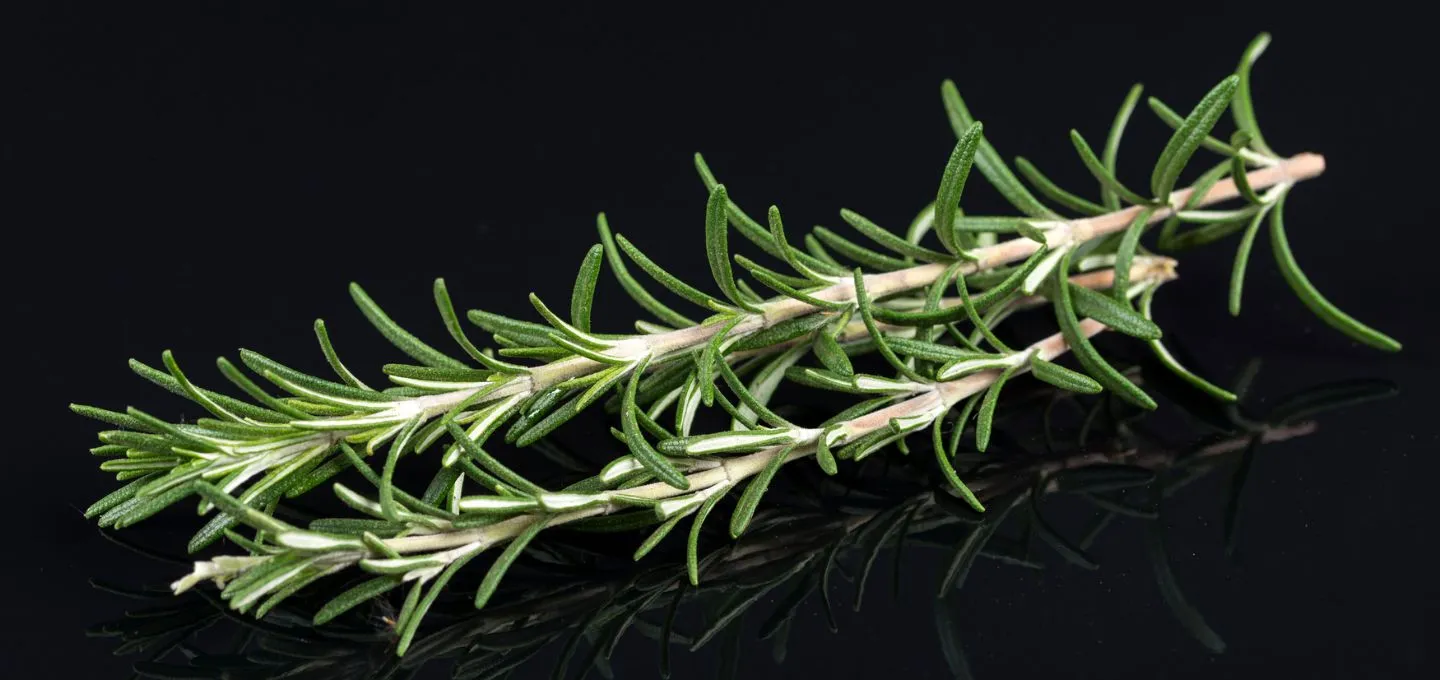Pulegone is a monoterpenoid found in nature.
Peppermint, pennyroyal, and Nepeta cataria essential oils contain it.
Cannabis strains differ in pulegone levels. Minty, camphor-like scent.
What is pulegone used for?
Table of Contents
Historically, pulegone has been used for its medicinal properties as an insecticide and insect repellent, as an aromatic in perfumes, and for its pleasant, minty flavoring.
It was also utilized in folk medicine as a remedy for fever. More recently, pulegone has been used commercially as a flavoring agent for candy, tobacco, and beverages.
However, studies have shown toxic and carcinogenic effects in animals when exposed to high concentrations of pulegone.
This has raised concerns over excessive levels in herbal products and led regulators in some regions to impose limits on the allowable amount of pulegone in cannabis and hemp extracts intended for consumption.
Manufacturers have developed methods to selectively reduce pulegone content while retaining other desirable terpenes through molecular distillation and other techniques.
How do you use Pulegone?
In the cannabis industry, some cultivators intentionally breed and grow strains with pulegone and other terpenes to achieve characteristic aromas and flavors.
During extraction and processing, measures can be taken to influence the terpene profile by removing or preserving pulegone along with other compounds.
For example, cold ethanol extraction may retain a higher pulegone content versus steam distillation.
However, due to potential toxicity, licensed commercial producers avoid significant concentrations of pulegone in inhaled cannabis products or foods infused with cannabis oils.
With current regulations and improved extraction methods, the health risks associated with overexposure to pulegone are reduced for marijuana consumers.

 Fact Checked by Doctor Name
Fact Checked by Doctor Name